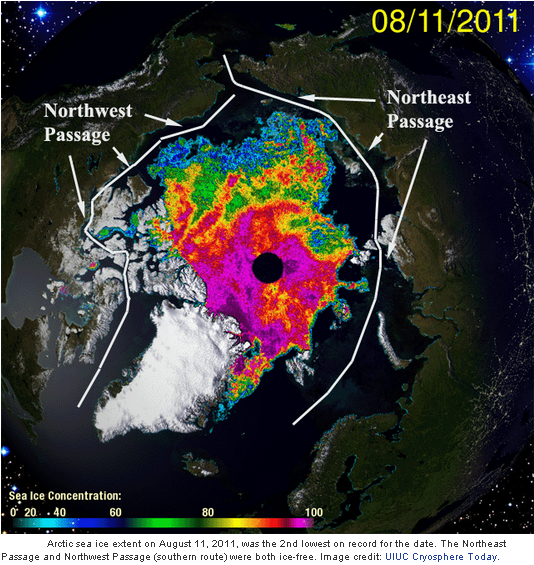A welcome issue for Labor. Tony Abbott might have been back-tracking this morning on taking action that might slow the development of the coal seam gas industry but that will not stop the issue being troublesome for him.
The National Party clearly has concerns about the impact of the mining technique on farmers as Barnaby Joyce has made clear during a current Senate committee inquiry and Bill Heffernan from within his own Liberal Party seems to hold similar views.
No doubt it was the views of this pair that led the Opposition Leader on Friday to make the comment that “if you don’t want something to happen on your land, you ought to have a right to say no.” For someone who had not thought the issue through this seemed like an okay attitude to take but it alarmed a mining industry that relies on the principle that landholders are required to allow mining companies access to their properties for exploration or mining.
It is not comfortable for a Liberal Party leader to be caught between the competing interests of farmers and miners, hence the change of attitude today. Now the Abbott doctrine is that it is really a matter for State Governments while federally he attempts to have the proverbial two-bob each way. The mining industry was very important and should be “broadly supported” but “mining shouldn’t be allowed to destroy prime agricultural land and mining companies should always respect the rights of farmers.”
I doubt that this comment will make the issue go away and the Greens will show up the divisions within the Coalition by attempting to legislate to give farmers the right to limit the access of seam gas developers to their land.
The winner out of this is the Labor Government which has little to lose by way of the votes from farmers and will benefit by having an issue where it clearly is seen to have a different view from Bob Brown and his team.
Watching the Arctic dipole. With all the difficulty that a lay person like me has with the complexities of climate science I hope I can be forgiven for my fascination with Arctic sea ice. When it seems to be declining — as it does — I can grasp what the scientists are saying about the world getting warmer.

One of the meteorologists whose blog I follow, Dr Jeff Msters, is now predicting that the extent of sea ice is on the way to a record historical low:
A strong high pressure system with a central pressure of 1035 mb has developed over the Arctic north of Alaska, and will bring clear skies and warm southerly winds to northeast Siberia and the Arctic during the coming week, accelerating Arctic sea ice loss. Widespread areas of northeastern Siberia are expected to see air temperatures 4 – 12°C (7 – 22°F) above average during the coming week, and the clockwise flow of air around the high pressure system centered north of Alaska will pump this warm air into the Arctic.
Arctic sea ice extent, currently slightly higher than the record low values set in 2007, should fall to to its lowest extent for the date by the third week of August as the clear skies and warm southerly winds melt ice and push it away from the coast of Siberia. This weather pattern, known as the Arctic Dipole, was also responsible for the record sea ice loss in 2007, but was stronger that year.
The weather conditions that led to the 2007 record were quite extreme — one 2008 study led by Jennifer Kay of the National Center for Atmospheric Research showed that 2007’s combination of high pressure and sunny skies in the Arctic occur, on average, only once every 10 – 20 years. The 2011 summer weather pattern in the Arctic has not been nearly as extreme as in 2007, but the total sea ice volume has declined significantly since 2007, leading to much loss of old, thick, multi-year ice, making it easier to set a new low extent record with less extreme weather conditions.
The GFS model is predicting that the Arctic Dipole will weaken by 8 – 15 days from now, with cloudier weather and weaker high pressure over the Arctic. This should slow down the rate of Arctic sea ice loss to very near the record low values observed in 2007. It remains to be seen if 2011 Arctic sea ice extent will surpass the all-time low set in September 2007; it will be close, and will depend on the weather conditions of late August and early September, which are not predictable at this time. It is already possible to sail completely around the North Pole in ice-free waters through the Northeast Passage and Northwest Passage, according to sea ice maps maintained by the UIUC Cryosphere Today website.
This marks the fourth consecutive year — and the fourth time in recorded history — both of these Arctic shipping routes have melted free. Mariners have been attempting to sail these passages since 1497. This year, the Northeast Passage along the north coast of Russia melted free several weeks earlier than its previous record early opening.
Disclosure of interest: I have backed 2011 to end up with less ice than the record low yer of 2007.







Mr Farmer, have you really just disclosed you’ve had a wager on a change in the weather? Has anyone told you that gambling’s a slippery slope? Because it sounds to me like you’re already on thin ice.